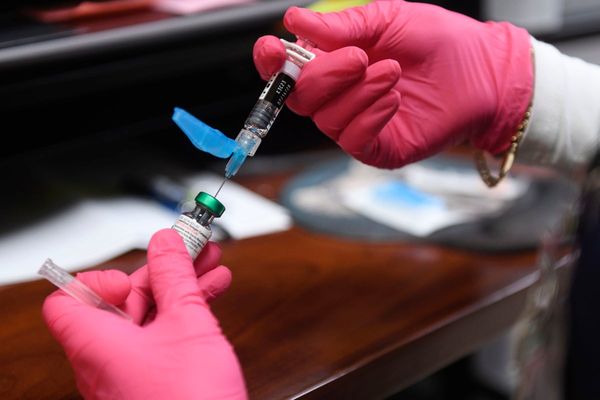The story so far: The Ministry of Road Transport and Highways has rolled out an indigenous star-rating system for crash testing cars under which vehicles will be assigned between one to five stars indicating their safety in a collision. Called the Bharat New Car Assessment Programme (NCAP), the rating system will be voluntary and will come into effect from October 1, 2023.
What is Bharat NCAP?
Under the Bharat NCAP, cars voluntarily nominated by automobile manufacturers will be crash tested as per protocols laid down in the soon-to-be-published Automotive Industry Standard 197. The programme is applicable to passenger vehicles with not more than eight seats in addition to the driver’s seat with gross vehicle weight not exceeding 3,500 kgs. Only the base model of a particular variant will be tested.
Cars will be assigned a rating between one star to five stars after being evaluated on three parameters — adult occupant protection, child occupant protection and safety assist technologies present in the car. The first two parameters will be calculated with the help of three different kinds of tests, which include a frontal offset test where a vehicle is driven at 64 kmph and with 40% overlap into a deformable barrier which represents the oncoming vehicle, which replicates a crash between two cars of the same weight. Other tests are the side impact test at 50 kmph and the pole-side impact test (where a car is crashed into a rigid pole sideways) at 29 kmph.
Though Bharat NCAP is voluntary, in certain cases cars maybe subjected to a crash test such as for a base model of a popular variant (minimum clocked sale of 30,000 units), or when the Ministry of Road Transport and Highways recommends a model for testing based on market feedback or in the interest of public safety. Officials of the Ministry of Road Transport and Highways say that automobile manufacturers have offered a total of 30 car models for crash testing under Bharat NCAP, without revealing the name of the auto companies willing to participate.
The objective of the programme is to help consumers make an informed decision before purchasing a car, thereby spurring demand for safer cars. India sees nearly 1.5 lakh road fatalities in a year, accounting for 10% of deaths due to road crashes globally with only 1% of the world’s vehicles. According to a World Bank study, road crashes are estimated to cost the Indian economy between 5 to 7% of GDP a year.
How has Bharat NCAP evolved?
The testing protocols adopted by the Bharat NCAP are modelled on the Global NCAP, which is a project of the U.K.-based NGO, Towards Zero Foundation. It serves as a platform for co-operation among new car assessment programmes worldwide, including countries such as the U.S. which has the world’s oldest crash testing regime since 1978.
The NGO launched a Safer Cars for India campaign in 2014 when it released the country’s first independent crash tests covering the Suzuki-Maruti Alto 800, the Tata Nano, Ford Figo, Hyundai i10 and Volkswagen Polo. All but one of the five models failed the test at 56km/h and all scored zero stars at 64 km/h. With no airbags, the Swift also scored zero stars but a separate test of a version sold in Latin America with air bags scored three stars which demonstrated the model’s potential for improvement, according to the Towards Zero Foundation.
“Since then, more than 50 results have been published for the Indian market. In 2018, Tata achieved India’s first 5-star cars and now manufacturers are competing to obtain four and five- star results and using ratings in their marketing and there has been a sharp fall in the number of zero- star models in the Indian market,” according to David Ward, Executive President, Toward Zero Foundation. The launch of the Bharat NCAP on Tuesday is on the back of a slew of road safety regulations over the past few years including mandatory dual front airbags, anti-lock braking system, seatbelt reminder and reverse parking sensors.
What is the way forward?
India will need to develop its crash testing capabilities and knowledge expertise for the Bharat NCAP programme to be implemented meaningfully, such as a software system wired to the dummies placed inside cars to assess the nature and extent of injuries to analyse scores. Over the years, India will also have to align Bharat NCAP with global standards by expanding testing parameters. For example, the U.S. NCAP also includes a roll-over test which tests whether a vehicle is vulnerable to tipping up on the road in a severe manoeuvre. Japan’s NCAP covers electric shock protection performance after a collision, performance of neck injury protection in a rear end collision, passenger seat belt reminder evaluation, evaluation of pedestrian protection technologies apart from preventive safety performance such as autonomous emergency braking system, lane departure prevention system, rear-view monitoring system and pedal misapplication, among others.







